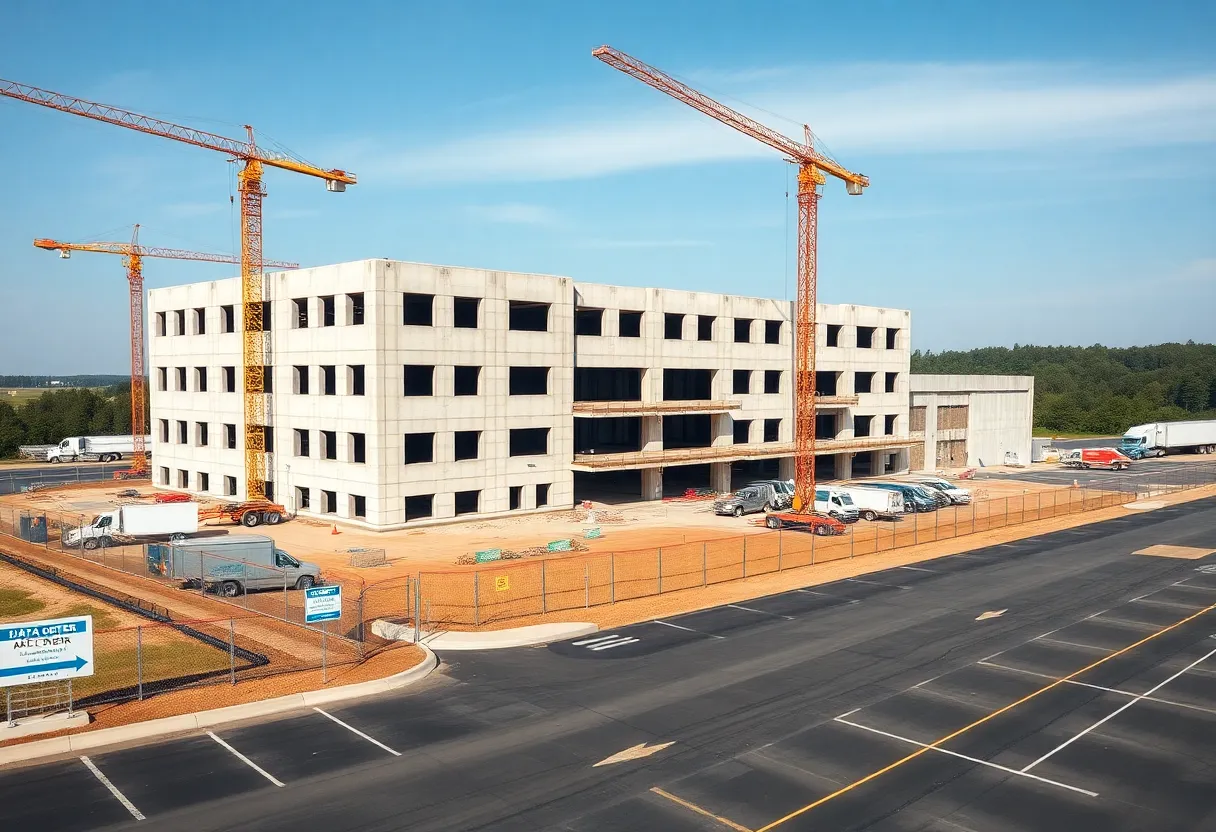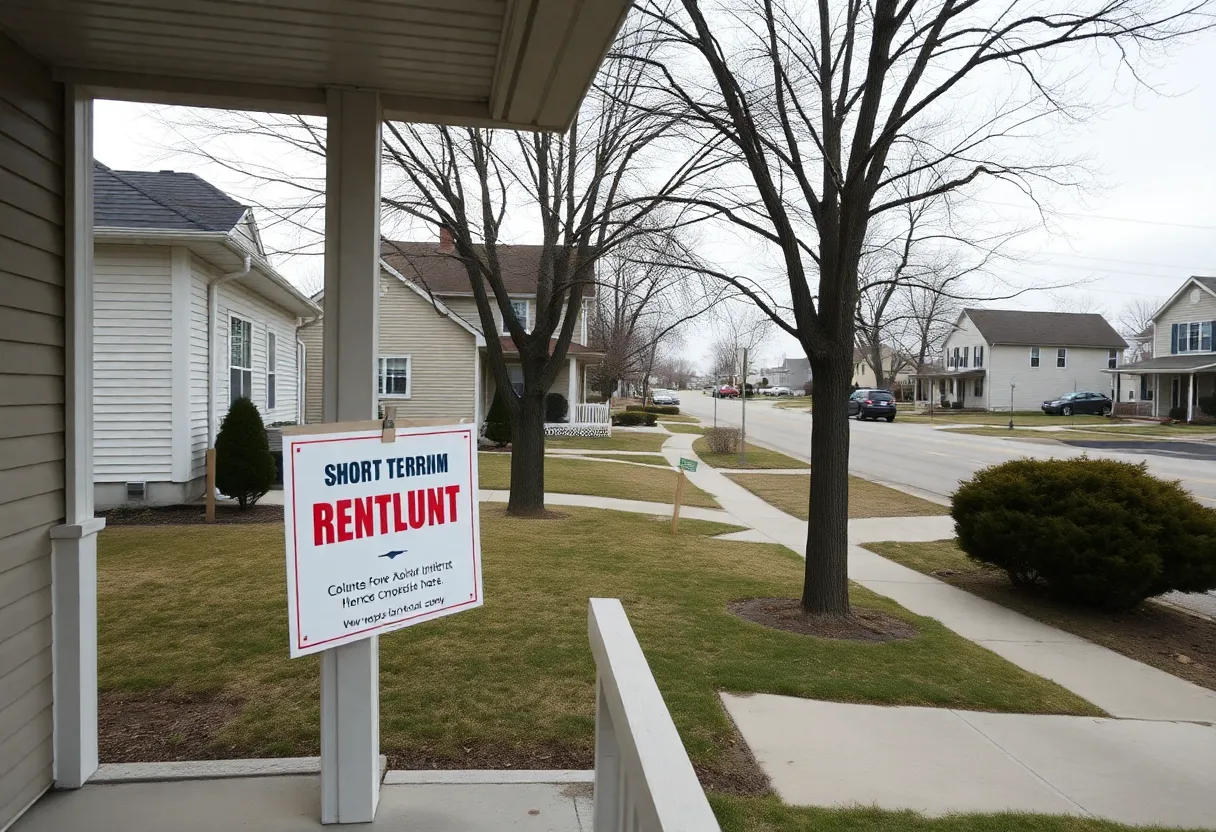News Summary
Non-tech industries are outpacing traditional tech SaaS firms in growth, achieving rates two to three times higher. Companies in construction, logistics, and e-commerce are digitizing operations, creating a strong demand for vertical SaaS solutions. This shift signifies a transformation in the SaaS landscape, as non-tech sectors recognize the need for modern infrastructure to enhance operational efficiency. Amidst budget reallocations in tech firms towards AI, vertical SaaS solutions are becoming essential, leading to lower churn rates and higher pricing power for non-tech SaaS providers.
Non-Tech SaaS Companies Outshine Tech Firms with Tailored Solutions
Recent trends reveal a significant shift in the Software as a Service (SaaS) landscape, where non-tech companies are experiencing remarkable growth compared to their tech counterparts. While most public SaaS companies are growing at rates of 8-10%, firms in sectors like construction, restaurants, and logistics are expanding at two to three times that pace. This shift indicates a strong demand for vertical solutions tailored to specific industries.
Defining the New Growth Leaders
Companies achieving over 25% growth have been dubbed “Vertical Dominators.” In contrast, traditional horizontal SaaS companies are grappling with single-digit growth. For instance, a comparison of SaaS platforms reveals that 70% of Monday.com’s clientele operates outside the tech industry, highlighting the changing customer base in this rapidly evolving market.
Drivers of Expansion in Non-Tech Industries
Industries like construction and hospitality are undergoing their first significant digitization efforts, shifting away from spreadsheets and manual processes toward industry-specific software solutions. Interestingly, this contrasts sharply with tech firms, which focus more on streamlining operations and reducing budget allocations for SaaS tools.
Investment in essential infrastructure has become a hallmark of non-tech sectors, unlike tech companies, which are reallocating funds toward AI initiatives. These budget cuts are limiting the funds available for traditional SaaS tools, thereby affecting their growth rates.
The Dependency on Vertical SaaS Solutions
Vertical SaaS solutions are now vital for managing project workflows, ensuring compliance, and tracking fleets. This dependency has allowed non-tech SaaS providers to command prices that are 3-5 times higher and enjoy lower churn rates. As a result, they are positioned for faster growth compared to their horizontal SaaS counterparts, which face competitive pressure.
Prominent successes among vertical SaaS companies underscore this trend. For example, Toast, serving the restaurant sector, reports a 27% revenue growth. Additionally, Samsara, focusing on logistics IoT, boasts a remarkable 33% growth rate. ServiceTitan, which caters specifically to HVAC businesses, also highlights the success potential within vertical markets.
Competing in a Shifting Market
As competition intensifies, many horizontal SaaS platforms are reconsidering their strategies, with many either pivoting toward vertical markets or facing acquisition. The advancements in AI technology have lowered barriers for these vertical SaaS firms, enabling them to develop industry-specific features that previously seemed unattainable.
Untapped Opportunities Await
Many sectors remain underserved, with numerous companies still relying on paper trails or Excel spreadsheets. This opens a vault of opportunity for developers who wish to create tailored solutions. The dominance of vertical SaaS could lead to a winner-takes-most market structure, enabling companies to capture significant portions of the market.
AI innovations are likely to enhance customer lifetime value (LTV) and decrease customer acquisition costs (CAC), making vertical SaaS companies increasingly attractive to investors. Furthermore, the rise of low-code and no-code platforms is facilitating quicker and cheaper development of customized solutions.
Adaptations in the SaaS Ecosystem
The evolving cybersecurity landscape also demands more sophisticated protection measures against breaches, particularly for SaaS applications. As businesses adapt, the focus on Environmental, Social, and Governance (ESG) initiatives among SaaS companies indicates a trend toward sustainability in operations.
Additionally, there is a growing shift towards usage-based pricing models, reflecting a more customer-centric approach. As companies increasingly adopt integrated software solutions, the need for effective interoperability between various SaaS tools rises.
Moreover, with remote work becoming more prevalent, the demand for collaboration tools optimized for seamless communication among distributed teams is on the rise, further emphasizing the importance of tailored SaaS solutions across non-tech industries.
Deeper Dive: News & Info About This Topic
Additional Resources
- SaaStr: Why SaaS Companies That Sell Outside of Tech Are on Fire
- a16z: Vertical SaaS and AI
- Exploding Topics: SaaS Trends
- Financial Express: AI Boom Drives SaaS Startups Toward Vertical Offerings
- Netguru: SaaS Trends
- Wikipedia: Software as a Service
- Google Search: SaaS growth trends
- Google Scholar: Vertical SaaS
- Encyclopedia Britannica: Software as a Service
- Google News: Vertical SaaS
Author: Construction NY News
NEW YORK STAFF WRITER The NEW YORK STAFF WRITER represents the experienced team at constructionnynews.com, your go-to source for actionable local news and information in New York and beyond. Specializing in "news you can use," we cover essential topics like product reviews for personal and business needs, local business directories, politics, real estate trends, neighborhood insights, and state news affecting the area—with deep expertise drawn from years of dedicated reporting and strong community input, including local press releases and business updates. We deliver top reporting on high-value events such as the New York Build Expo, infrastructure breakthroughs, and cutting-edge construction technology showcases. Our coverage extends to key organizations like the Associated General Contractors of New York State and the Building Trades Employers' Association, plus leading businesses in construction and real estate that power the local economy such as Turner Construction Company and CMiC Global. As part of the broader network, including constructioncanews.com, constructiontxnews.com, and constructionflnews.com, we provide comprehensive, credible insights into the dynamic construction landscape across multiple states.





